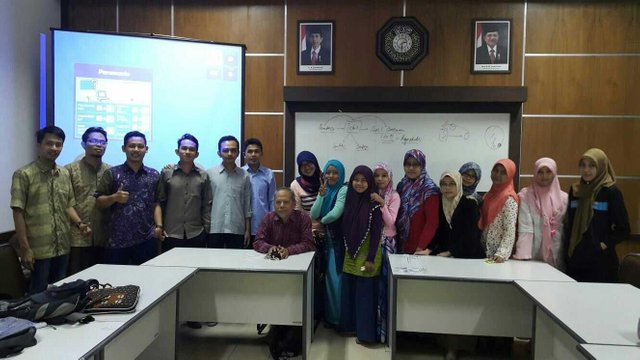Working or learning together
Working or learning together is a group process supported by group members, where there is dependence on one another to achieve an agreed goal. The classroom is a great place to build the group skills you need later in life.
Working / learning together is a relationship between group members, you:
Build and provide opinions for a healthy purpose
Adding to your understanding of a problem:
questions, insights and solutions
Respond, and work to understand other questions, insights, and solutions.
Each member of the group is authorized to speak to the other and contribute and consider the contribution of their thoughts.
Responsible for others, and they are responsible for you.
It depends on each other, and they depend on you.
How to form a good study group?
Group activities begin with practice, and group understanding process.
A teacher / trainer initiates activities with discussion facilities and alternative (optional) proposals, but does not specify a solution to the group, especially those who have difficulty working with groups.
Three to five people
Large groups make it difficult to maintain their own involvement.
Teachers-group assignments
Group task functions are better than standalone tasks
Diversity of proficiency, background, and experience
Each individual strengthens the group
Each member of the group is responsible not only for the contribution of his mind, but also helps with another understanding of the source of their power
Disadvantaged and disagreeable members will contribute to a proactive drive for authority.
Learning is positively influenced by the diversity of views and experiences, improving choices in problem solving, extending the distance of considerations in detail.
The agreement of each member to achieve the goals can be determined and understood by the group
Assessment of the couple in secret is the best way to estimate who is involved or who does not contribute thoughts.
The group shall be entitled to remove members who are not cooperating or not participating, if all attempts to repair fail.
(The person who is issued then looks for another group that receives it)
Individuals can be spared if they believe they are doing more with less help from others.
(This person can often find it easier to find other groups who receive his or her thoughts)
Divide the principles of responsibility, determined and approved by each member of the group.
These include:
The existence of agreement, preparation and timely for the meeting
There is discussion and concentration of debate on the subject, avoiding individual criticism
Responsible for dividing tasks and executing them on time.
You may need to carry out tasks with little experience, feel unprepared, or even think that others can do their best. Accept challenges, but have fun with the circumstances that you need help, training, mentoring, or quitting and doing other tasks.
Process:
Referring to the Group Project Guides (Guidelines)
Arrange goals, define how often and what you will communicate, advance assessments, make decisions, and solve conflicts (disputes)
Establish a source, especially someone who can prepare instructions, supervision, advice, and even mediators.
Schedule your progress reviews and communications to discuss what to do and what not to do.
Problem group groups should be invited or need to be reunited with the instructor to discuss possible solutions.
- "Learning Together" is often used in K-12 education, and "Learning Cooperate" in higher education.
